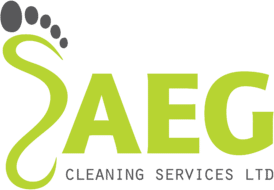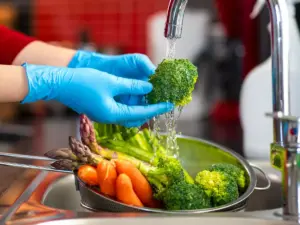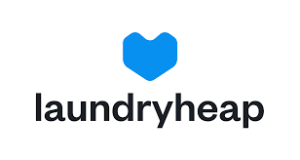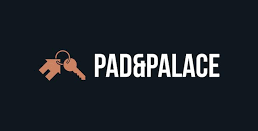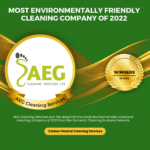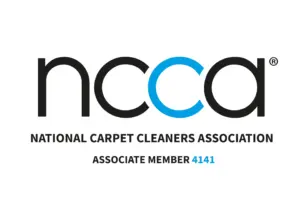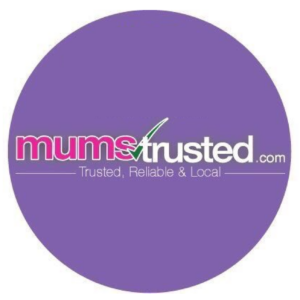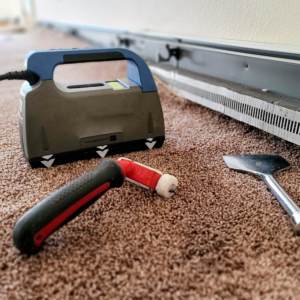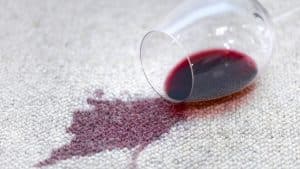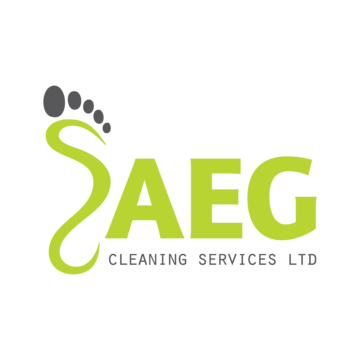5 FAQs About The Food Hygiene Rating Scheme
In an age where food safety is paramount, understanding the Food Hygiene Rating Scheme (FHRS) is crucial for both consumers and food establishments. This system, often represented by a simple 0 to 5-star rating, holds the key to ensuring that the food we consume is prepared and served with the highest standards of hygiene in mind. To shed light on this vital subject, AEG Cleaning Service presents answers to five frequently asked questions (FAQs) about the Food Hygiene Rating Scheme. Let’s dive in and uncover what you need to know to make informed choices about where you dine.
The hospitality sector is incredibly competitive these days and, as such, it’s essential that you do all you can to ensure that your business does all it can to be a welcoming environment for customers… otherwise you could soon see them start to go elsewhere.
Hygiene is, of course, a hugely important part of this – especially if you serve food on the premises. For anyone keen to take food hygiene seriously, it could be worth looking at how to improve your hygiene rating so that customers can see at a glance that it’s a top priority for you.
To help you get started with the rating scheme, here are a couple of FAQs to give you more information so you can decide if you need to renew your focus or not.
What is the Food Hygiene Rating Scheme?
The government-led Food Standards Agency runs the scheme throughout England, Wales and Northern Ireland, with the aim being to assess hygiene levels of cafes, food shops, restaurants and takeaways. It’s intended to ensure that all food in the UK is safe to consume
What do the ratings mean?
Businesses are given grades following an inspection that assesses their level of compliance with food safety law. If a site is given a rating of 3, then it means it’s considered to be generally satisfactory. A rating of 5, meanwhile, would be very good and a rating of 0 would mean that urgent improvement is required.
Businesses receive a formal written assessment within 14 days of being given their rating, letting them know the reasoning behind the decision. This is to help them improve or maintain standards.
How are ratings worked out?
The Food Law Code of Practice is used to calculate the ratings, with three categories included: hygiene, structural and management compliance.
Inspectors will look at how food is handled, prepared and cooked, how it is stored and how it is reheated and cooled. They will also assess the layout and lighting of the premises, as well as ventilation, pest control and cleanliness standards. Management records are also verified, covering staff training records, logbooks and so on.
How often are new ratings given?
New ratings are given every time a business is inspected by a food safety officer. The regularity of inspections will depend on the perceived risk to people’s health. If you make improvements to hygiene standards, you can ask the local authority to come out ahead of the next planned inspection.
Do ratings need to be displayed?
It is currently not compulsory in England to display your ratings on the premises, but it makes good business sense to do so if you’ve achieved a high rating. In Wales and Northern Ireland, displaying certificates in a prominent place is a legal requirement.
For help with professional cleaning in Canary Wharf, get in touch with AEG Cleaning today.
If you want to avail this service and other services like carpet cleaning, upholstery cleaning, home cleaning, landlords & Airbnb, and office cleaning. You can book with us now!
